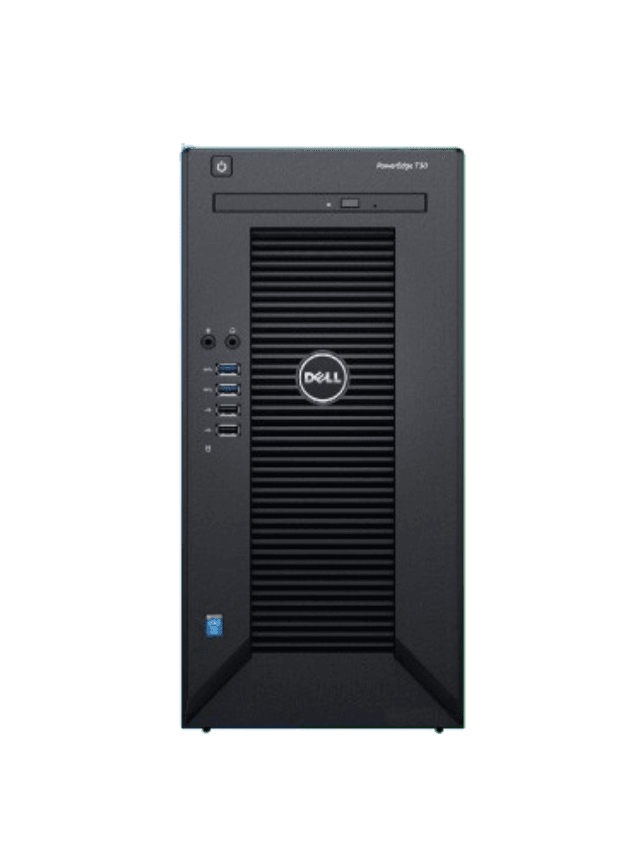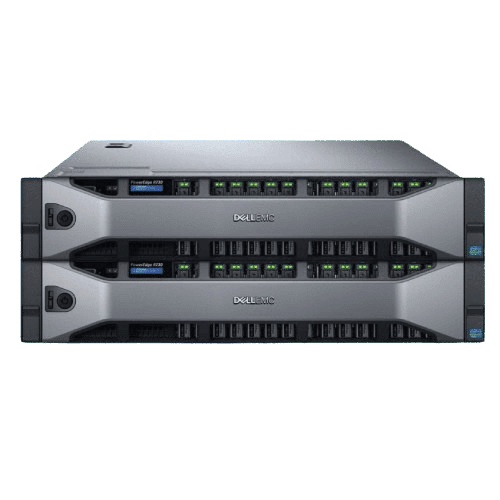How do i secure my mail server?

A Comprehensive Guide
In today’s digital age, email is one of the most critical communication tools for businesses and individuals alike. It serves as a primary mode of communication, handling everything from personal messages to sensitive business correspondence. However, with this widespread use comes an increased risk of cyberattacks. As email becomes a prime target for hackers, securing your mail server is not just important—it’s essential.
A compromised mail server can lead to a host of issues, from loss of sensitive data to the distribution of malware or spam. Whether you’re managing an enterprise-level email system or running a personal mail server, understanding how to properly secure your server is crucial for maintaining the integrity and privacy of your communications.
In this blog post, we’ll explore how to secure your mail server step-by-step, covering everything from basic server hardening techniques to advanced email authentication and encryption methods.
Understanding Mail Server Security
What is a Mail Server?
A mail server is a system or software responsible for sending, receiving, and storing email. It operates using a set of protocols like SMTP (Simple Mail Transfer Protocol) for sending emails, IMAP (Internet Message Access Protocol) or POP3 (Post Office Protocol) for receiving emails, and MIME (Multipurpose Internet Mail Extensions) for formatting the email content.
Why Email Security Matters
Email servers are not just about sending and receiving messages—they are also responsible for maintaining privacy, preventing fraud, and safeguarding sensitive information. Without adequate security measures in place, email servers can become gateways for a variety of cyberattacks, such as:
- Phishing: Attackers impersonate legitimate organizations or individuals to steal personal or financial information.
- Spam: Unsolicited, often malicious emails that can flood mailboxes and disrupt operations.
- Malware Distribution: Malicious software attached to email messages that can infect users’ devices.
- Email Spoofing: Attackers falsify the “From” field to impersonate a trusted source.
- Denial of Service (DoS) Attacks: Overloading the mail server with traffic, making it unavailable for legitimate users.
Key Steps to Secure Your Mail Server
Securing a mail server involves implementing a combination of technical safeguards, including encryption, authentication, monitoring, and regular updates. Below are the essential steps to take in securing your mail server.
1. Choose the Right Mail Server Software
The first step in securing your mail server is selecting the right software or platform for your needs. Some of the most popular open-source mail server software includes Postfix, Exim, and Dovecot, while proprietary solutions like Microsoft Exchange are also commonly used in enterprise environments.
When choosing a mail server:
- Ensure regular updates: Select software that receives timely security patches.
- Consider scalability and features: Your mail server should grow with your needs and support robust security features.
- Reputation: Choose a solution with a proven track record for security.
2. Update Server Software Regularly
One of the easiest yet most critical steps in securing your mail server is ensuring that your software and all associated components (like operating systems, mail protocols, and security packages) are kept up-to-date. Regularly updating your mail server software minimizes the risk of vulnerabilities that could be exploited by attackers.
- Patch Management: Automate the installation of security patches where possible, but also stay informed of critical updates that may require manual installation.
- Third-Party Add-ons: Any plugins or additional security tools (e.g., anti-virus software) should also be updated to prevent exploitation of known vulnerabilities.
3. Use Strong Authentication Methods
Email authentication plays a significant role in preventing unauthorized access and ensuring the integrity of your messages. There are several methods you can implement to secure the authentication process:
- SMTP Authentication (SMTP-AUTH): SMTP-AUTH allows the mail server to authenticate users before allowing them to send emails. This is particularly useful for preventing unauthorized use of the server for spamming.
- Multi-Factor Authentication (MFA): Implementing MFA adds an additional layer of protection for email accounts. Even if a password is compromised, a second factor—such as a phone number, email, or authentication app—can be used to secure access.
- Secure Password Policies: Enforce complex, long passwords for mail accounts and periodically require users to change their passwords.
4. Implement Email Encryption
Encryption is vital for ensuring that email messages cannot be read or tampered with while they are in transit. There are two main types of email encryption:
- Transport Layer Security (TLS): TLS is the most widely used encryption protocol for securing the transmission of emails between mail servers. TLS ensures that emails are encrypted as they travel over the internet, making it harder for hackers to intercept or modify them.
- How to implement TLS: Ensure your mail server is configured to use STARTTLS for SMTP and IMAPS/POP3S for incoming mail. This ensures that all communications with other mail servers are encrypted.
- End-to-End Encryption (E2EE): Unlike TLS, end-to-end encryption encrypts the content of the email itself, so even the mail server cannot read the message. Common methods include PGP (Pretty Good Privacy) and S/MIME (Secure/Multipurpose Internet Mail Extensions).
- How to implement PGP/S/MIME: Configure email clients (such as Outlook, Thunderbird, or others) to use PGP or S/MIME encryption for sending and receiving emails. This ensures that only the intended recipient can decrypt and read the message.
5. Use SPF, DKIM, and DMARC for Email Authentication
To further enhance email security and prevent phishing and spoofing, you should implement these three key email authentication protocols:
- Sender Policy Framework (SPF): SPF allows domain owners to specify which IP addresses are authorized to send emails on behalf of their domain. This helps prevent spoofing by verifying the sender’s IP address.
- How to implement SPF: Add an SPF record to your domain’s DNS settings, specifying the IP addresses or servers that are allowed to send emails for your domain.
- DomainKeys Identified Mail (DKIM): DKIM involves adding a digital signature to outgoing emails, which allows recipients to verify that the email has not been tampered with during transit.
- How to implement DKIM: Set up DKIM signing on your mail server and add a corresponding public key to your DNS records.
- Domain-based Message Authentication, Reporting & Conformance (DMARC): DMARC builds on SPF and DKIM, providing a way for domain owners to request reports about email activity and enforce policies on how receiving mail servers should handle suspicious messages.
- How to implement DMARC: Add a DMARC record to your DNS settings to specify how mail servers should handle unauthenticated messages (reject, quarantine, or allow).
These authentication methods help to prevent spoofing and reduce the risk of your domain being used in phishing attacks.
6. Configure Anti-Spam and Anti-Malware Filters
Spam emails are not just an inconvenience; they can be a delivery method for malware, phishing, or other malicious attacks. To reduce the risk of malware or phishing emails entering your inbox, it’s essential to implement effective spam filtering and anti-virus software.
- Spam Filtering: Use spam filters to detect unsolicited messages based on various criteria, such as sender reputation, content analysis, and attachments. Popular spam filtering tools include SpamAssassin and Amavis.
- Anti-virus Software: Implement anti-virus software at the mail server level to scan incoming and outgoing emails for malware. This is crucial for preventing malicious attachments from infecting the server or being passed to recipients.
7. Monitor and Log Mail Server Activity
Regular monitoring and logging of mail server activity are crucial for detecting suspicious activities and responding to potential security breaches.
- Log Important Events: Set up logging for key events, such as failed login attempts, delivery failures, and unusual traffic patterns. Tools like Fail2Ban can help detect and block malicious IP addresses trying to brute-force their way into the server.
- Real-Time Monitoring: Use monitoring tools like Zabbix, Nagios, or Prometheus to track the health and performance of your mail server. Monitoring helps identify issues like DoS attacks or suspicious patterns in email traffic.
- Set Up Alerts: Configure alerts to notify you of any irregularities, such as an unusually high number of failed login attempts or spikes in outbound email traffic, which could indicate a security issue.






